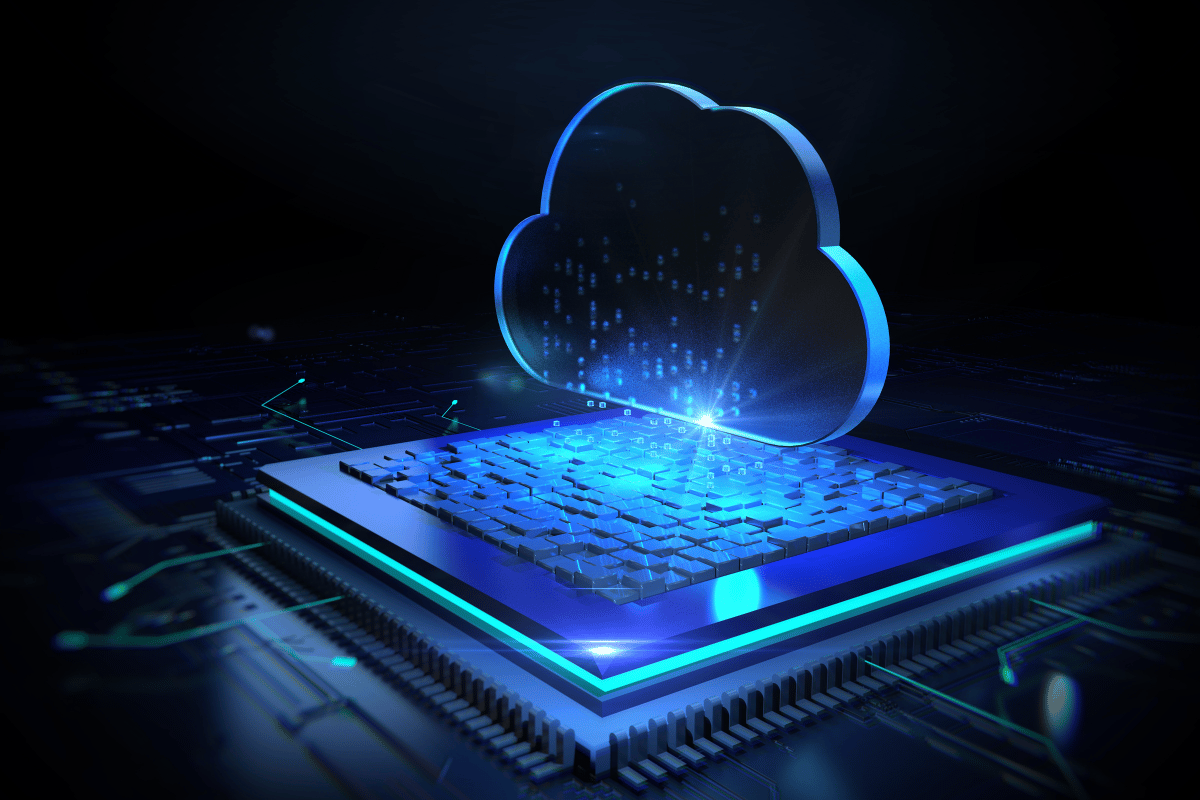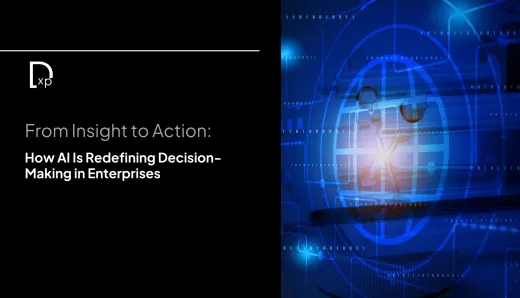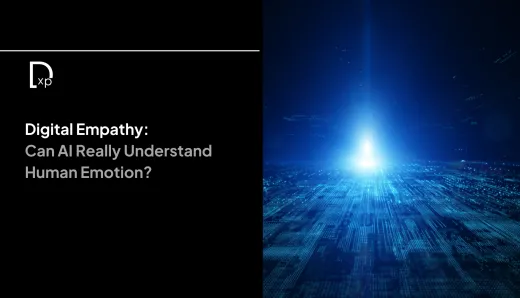The Future of Technology: How Edge Computing is Redefining the Digital World

The rapid evolution of digital technology has always been marked by shifts that disrupt the status quo. Today, edge computing is emerging as one of those key disruptors, poised to redefine how industries process and manage data in real time. With more businesses and sectors embracing digital transformation, the ability to process data closer to its source is becoming critical. But what makes edge computing stand out, and why is it set to become a major trend in the coming years? Let’s explore how this technology is not just different from cloud computing but is also driving innovation across industries.
What Exactly is Edge Computing?
Processing data closer to its source, as opposed to transmitting it to centralized data centers or clouds, is known as edge computing. The "edge" refers to the devices and sensors at the periphery of a network—whether that’s an IoT sensor in a factory or a mobile device in a remote location. By reducing the distance data has to travel, edge computing minimizes latency and increases processing speed, which is critical for applications that require real-time decision-making, such as autonomous vehicles, smart cities, and healthcare monitoring systems.
How is Edge Computing Different from Cloud Computing?
At first glance, both cloud and edge computing seem to offer similar benefits—data storage, computational power, and networked systems. However, the difference lies in how and where the data is processed.
In cloud computing, data from devices is transferred to remote servers for processing, storing, and analysis. This is a centralized paradigm. This setup works for applications where real-time processing isn't as critical. However, the distance between the source of data and the centralized cloud can introduce latency and increase bandwidth use, which becomes a major issue for real-time applications.
On the other hand, edge computing decentralizes this process by bringing computation closer to the data source. This localized approach means that data is processed on-site or nearby, reducing the delay associated with sending data to the cloud and back. For industries that depend on instant decision-making—think manufacturing robots or self-driving cars—this difference in latency can be critical.
The Significance of Edge Computing
With the explosion of the Internet of Things (IoT), edge computing is not just a passing technology—it’s becoming a necessity. By 2025, it's predicted that more than 75 billion IoT devices will be in use, generating vast amounts of data. This is where edge computing steps in. By processing data closer to these devices, edge computing will help manage the immense workload that cloud computing systems simply can’t handle efficiently on their own.
Moreover, as technologies like 5G become more widespread, edge computing will gain even more relevance. The ultra-low latency of 5G, combined with the ability to process data in real time at the edge, will unlock new possibilities for industries ranging from healthcare to entertainment.
Real-World Applications of Edge Computing
The ability to process data in real-time isn’t just a theoretical advantage; edge computing is already revolutionizing multiple industries. Let’s take a look at how it’s making an impact:
- Autonomous Vehicles: One of the most cited use cases for edge computing is in autonomous vehicles. Self-driving cars need to process huge amounts of data from sensors and cameras in real-time to make split-second decisions. By processing this data at the edge, vehicles don’t need to rely on cloud data centers, ensuring safer and more reliable performance.
- Healthcare: In healthcare, edge computing enables real-time monitoring and decision-making, which can be life-saving. For example, edge devices can analyze patient data instantly, alerting doctors to critical changes without relying on distant servers. This capability is especially crucial in remote or rural areas with limited internet connectivity.
- Smart Cities: In the context of urban development, smart cities are integrating edge computing to manage traffic, monitor infrastructure, and even optimize energy use. By analyzing data from various sensors in real time, cities can make better decisions about traffic flow, resource allocation, and public safety.
- Manufacturing: Edge computing is playing a key role in Industry 4.0 by facilitating predictive maintenance and quality control in manufacturing environments. By processing data from factory machines locally, manufacturers can detect potential issues before they escalate, minimizing downtime and enhancing productivity.
The Benefits of Edge Computing Over Cloud
- Reduced Latency: One of the most significant advantages of edge computing is its ability to reduce latency. Because data is processed closer to the source, response times are drastically reduced. This is essential in industries like healthcare, autonomous driving, and financial services, where even a few milliseconds of delay can have critical consequences.
- Cost Savings: Edge computing can also help businesses save costs by reducing the amount of data that needs to be sent to centralized clouds. This minimizes bandwidth usage and cuts down on expensive data transmission costs, making edge computing an attractive solution for businesses operating in data-intensive sectors.
- Improved Security: In a world where data breaches and cyberattacks are increasing, edge computing provides an added layer of security. Because sensitive data can be processed and stored closer to its source, there’s less need to send that data across the internet, where it could be intercepted or compromised.
Challenges and Limitations
While edge computing offers numerous benefits, it also comes with its own set of challenges. One of the primary concerns is security. With data being processed at multiple points along the edge, ensuring each device is secure becomes a complex task. If a single edge device is compromised, it can pose a risk to the entire network.
Integration is another challenge. Many businesses are still reliant on centralized cloud systems, and shifting to a hybrid cloud-edge model can be difficult and resource-intensive. Organizations will need to rethink their infrastructure and ensure their systems are capable of supporting edge computing.
What the Future Holds: Edge and AI
As edge computing becomes more prevalent, its integration with AI will push it even further. Edge AI allows machine learning models to be deployed at the edge, processing data locally in real-time without needing to send it to the cloud. This has enormous potential for industries like retail, where AI-powered recommendations can be made instantly based on customer behavior, or in manufacturing, where real-time data can be used to predict equipment failures.
Additionally, as 5G technology continues to roll out, edge computing will become even more powerful. The combination of 5G and edge computing will open the door for ultra-low latency applications, from augmented reality to real-time video analytics, that are simply not possible with current cloud systems.
Edge computing isn’t just a technological advancement—it’s the future of how we process data. As industries grow more reliant on real-time data, the need for localized processing will only increase. From autonomous vehicles to healthcare, edge computing is already transforming industries and driving innovation in ways cloud computing cannot match.
For businesses looking to stay ahead of the curve, adopting edge computing will be essential for maintaining competitiveness in an increasingly digital world. By bringing computation closer to the data source, edge computing not only improves performance and security but also reduces costs and enhances user experience.
Are you ready to stay on the cutting edge of technology? Follow us for the latest updates on edge computing and other trends driving the future of digital transformation.




